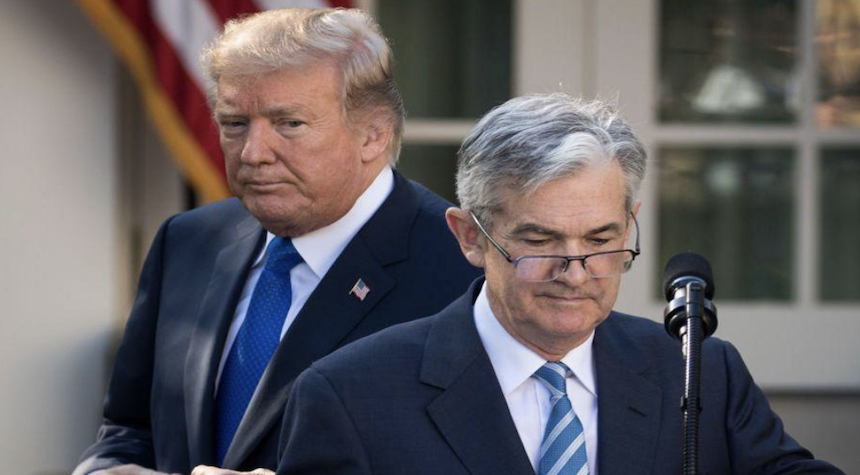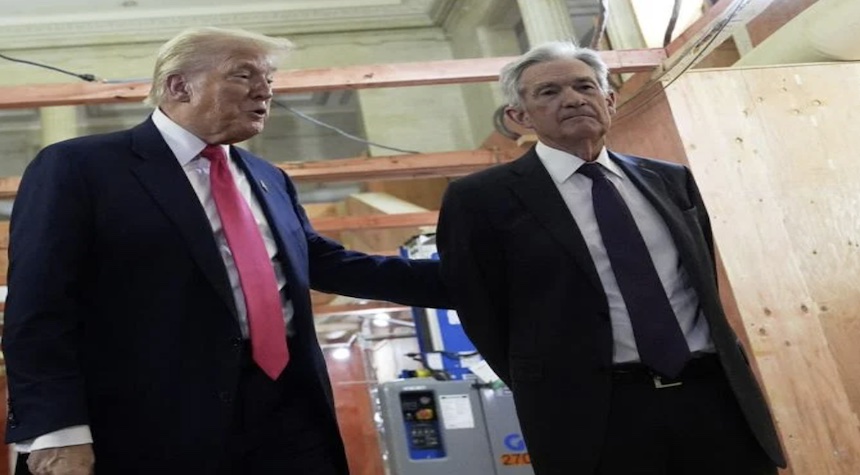The story unfolding in Washington is as old as the Republic itself: the clash between political ambition and economic stewardship. At the heart of this dust-up is a tale that would make even the most seasoned cowhand sit up and take notice.
President Trump, never one to shy away from a fight, has set his sights on Jerome Powell, the man he once tapped to lead the Federal Reserve. Now, faster than a prairie dog diving for cover, Trump’s demanding that Powell lower interest rates or face a boardroom mutiny.
The Fed voted to hold interest rates steady. This decision’s got Trump madder than a wet hen in a tumbleweed patch, calling for the Fed board to wrangle control if Powell won’t budge.
The Fed’s decision wasn’t unanimous, with two governors breaking ranks for the first time in three decades. It’s a split that’s rarer than hen’s teeth in the usually lock-step central bank.

When two people argue, the truth is usually somewhere in the middle. But in this high-stakes economic rodeo, finding that middle ground is tougher than a two-dollar steak.
In a nation founded on checks and balances, where does the line between political influence and economic independence truly lie? It’s a question as American as apple pie, and just as complex.
What we know for certain is this: the stakes couldn’t be higher. This tug-of-war over interest rates isn’t just about numbers on a page. It’s about the financial health of everyday Americans, from the ranchers in Texas to the factory workers in Michigan.
This story will continue to unfold. And you can bet your bottom dollar that we’ll be here to report it, with all the facts and none of the bull.

